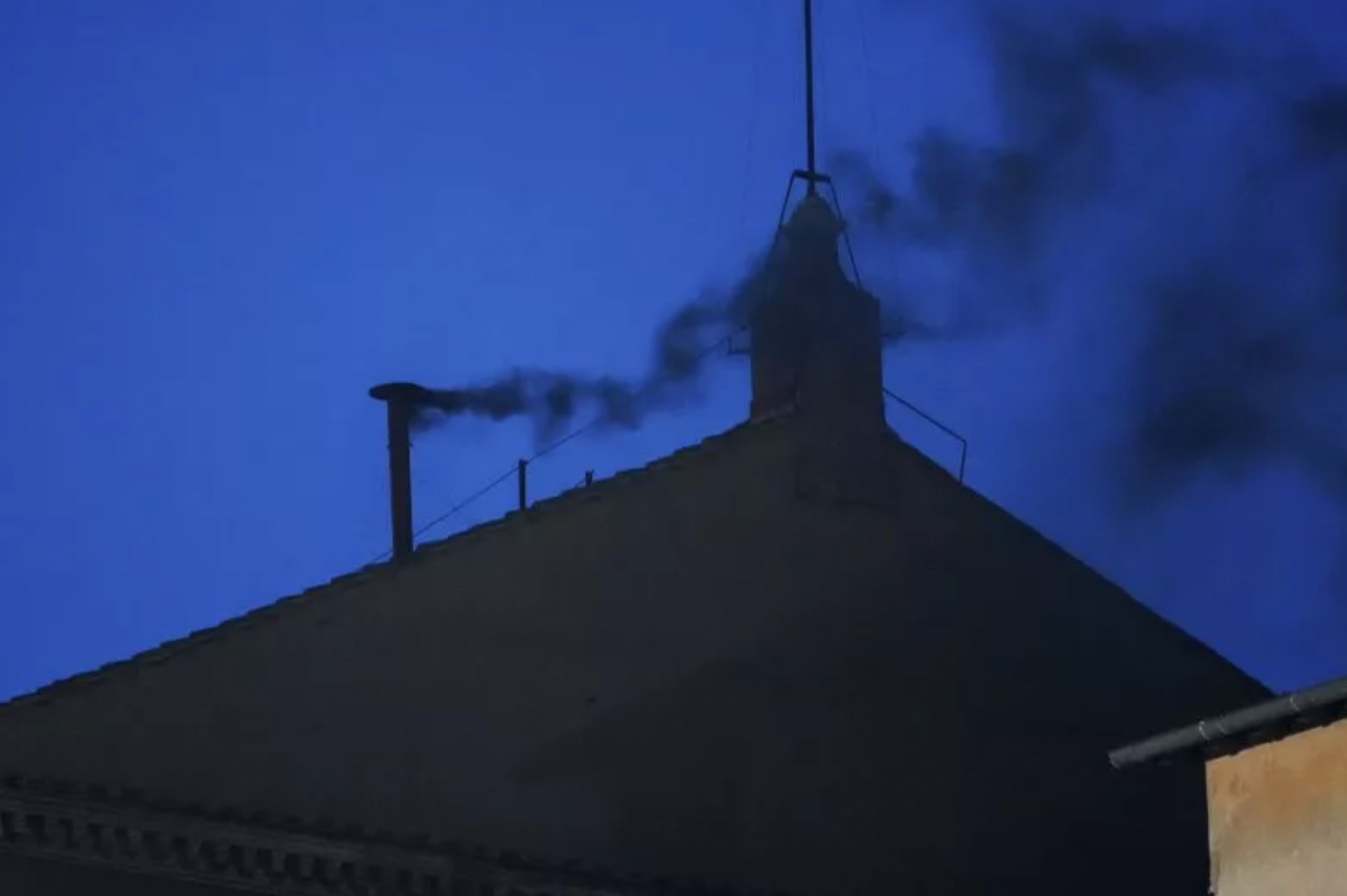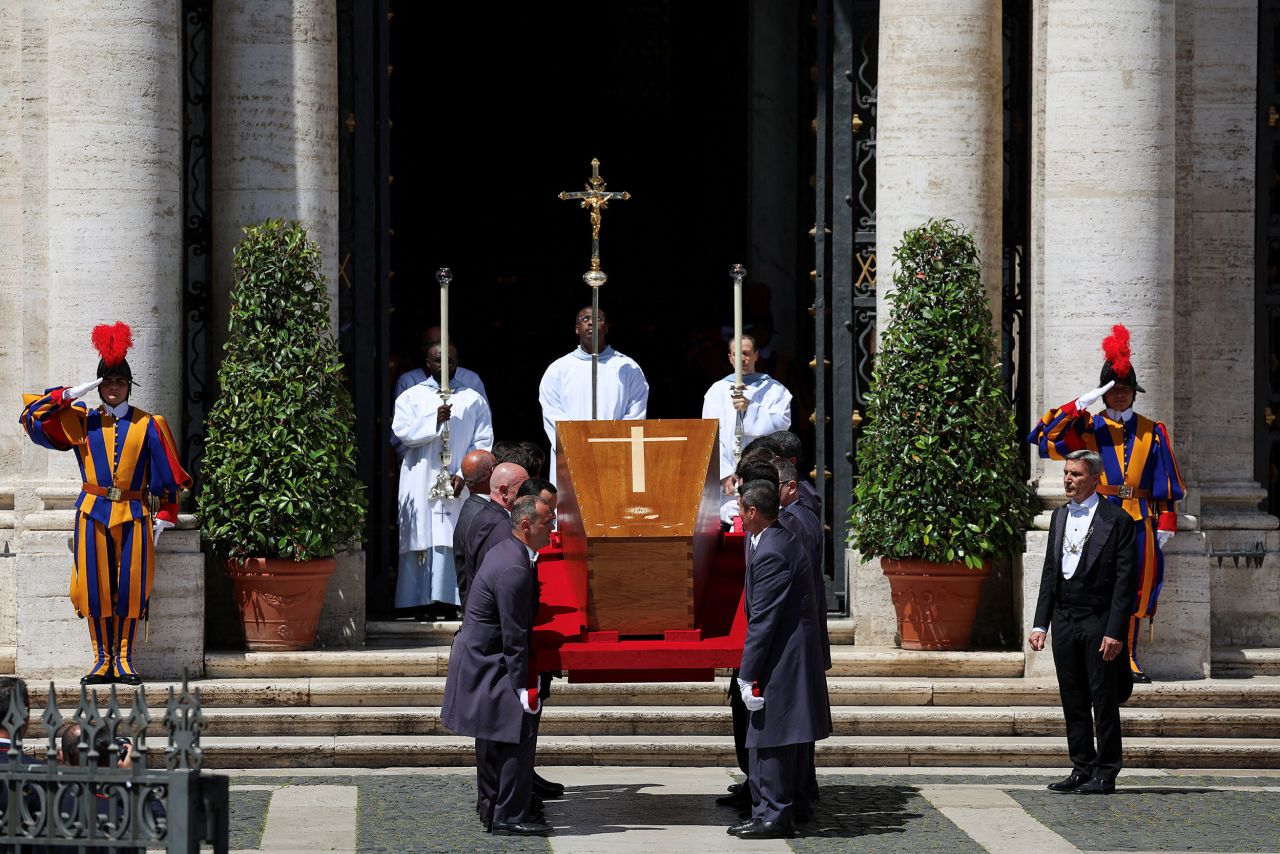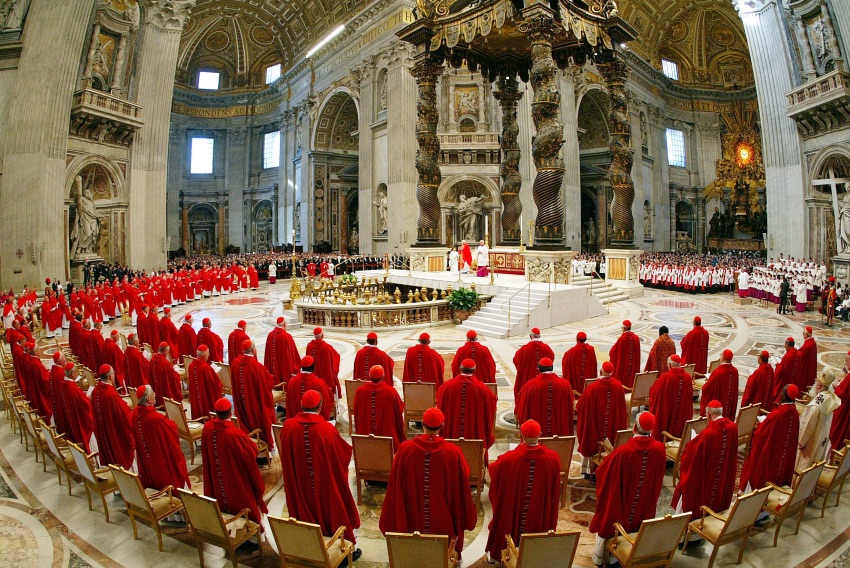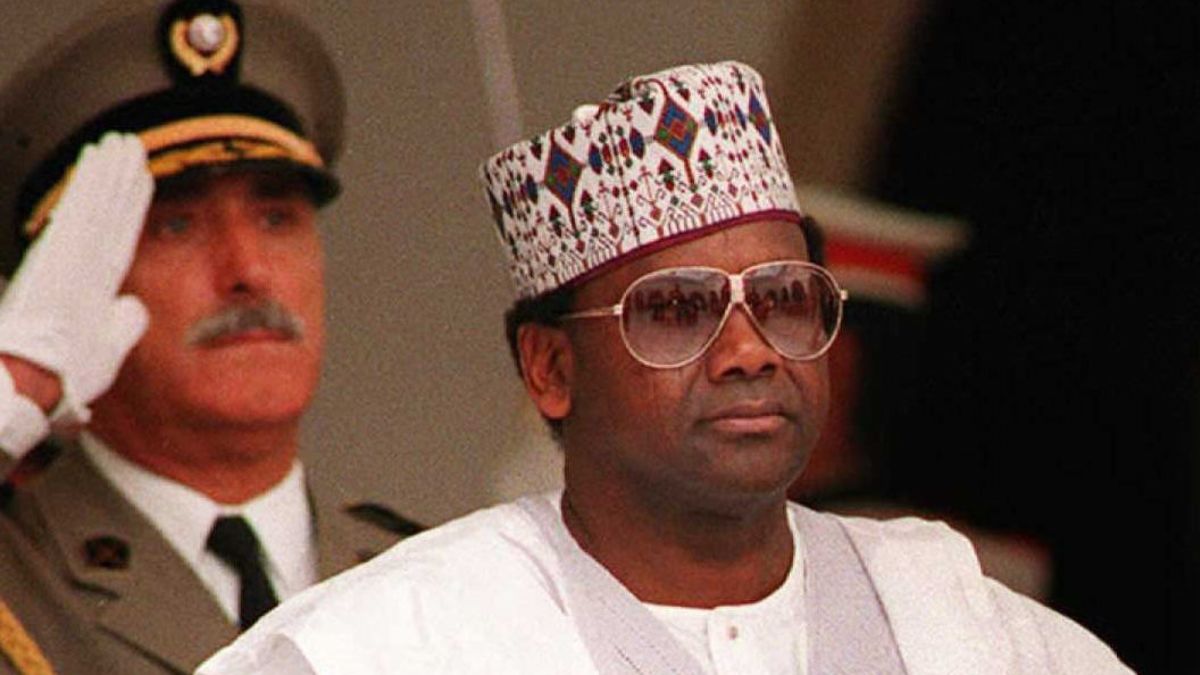VATICAN CITY – Black smoke billowed from the chimney of the Sistine Chapel at precisely 9 p.m. local time on Wednesday, May 7, 2025, signalling to the world that the first round of voting by Catholic cardinals had failed to produce a new pope.
The symbolic smoke appeared four hours after 133 cardinal electors, drawn from 70 countries, were formally sequestered inside the Vatican to begin the sacred and secretive process of selecting the 267th pontiff, following the resignation of Pope Francis.
No candidate received the required two-thirds majority—at least 89 votes—needed to secure the papacy.

A World Watching in Anticipation
As the smoke curled into the Roman night sky, a ripple of emotion moved through the gathered crowd in St. Peter’s Square.
Thousands had waited for hours, eyes fixed on massive screens that livestreamed the chapel’s slender chimney—modern technology joining an ancient ritual.
Though the plume was black—indicating no decision—the moment still drew cheers from those who had remained to witness history in motion.
“My hope is that cardinals will choose a man who can be a peacemaker and could reunify the church,” said Gabriel Capry, a 27-year-old pilgrim from London.
Others, fatigued by the hours-long wait and fading light, had departed earlier, underscoring both the patience and intensity surrounding one of the most spiritually significant decisions in the world.

No Set Timeline
There is no prescribed length for a conclave; some have lasted days, while others have stretched weeks or even months.
Vatican officials have prepared for multiple ballots in the days ahead.
The cardinals will now retire to their residences within the Vatican before reconvening for another round of voting on Thursday morning.
“Wait and see, a little patience, wait and see,” said Cardinal Mario Zenari, Apostolic Nuncio to Syria, when asked about the likely duration of the conclave.

A Diverse Electorate Reflects a Changing Church
A major factor contributing to the unpredictability of this conclave is the composition of the College of Cardinals itself. Of the 133 electors, 108 were appointed by Pope Francis.
During his decade-long papacy, Francis intentionally expanded the College beyond its traditional 120-member threshold, bringing in cardinals from historically underrepresented regions such as Mongolia, Tonga, and Sweden.
This shift reflects Francis’ global vision for the Church, prioritising inclusivity and outreach to the peripheries.
However, it has also added complexity to the voting process, with many cardinals unfamiliar with one another and regional blocs less cohesive than in past conclaves.
“There’s excitement, but also uncertainty,” observed one Vatican analyst. “The global South now has a louder voice, but consensus will take time.”
Hopes for Unity and Moral Clarity
Across the square and beyond, Catholic faithful voiced hopes for a new pope who could inspire moral clarity and pastoral sensitivity in a world fraught with division.
“Wherever the new pope comes from, whether it’s Africa, Asia, America—what we need is a holy pope,” said Deacon Nicholas Nkoronko of Tanzania in an interview with Vatican News.
“We need a pope who will guide the Church and will be the pastor of the Church.”
Cardinal Giovanni Battista Re, Dean of the College of Cardinals, framed the conclave’s spiritual weight succinctly before proceedings began: “Today’s world expects much from the Church regarding the safeguarding of those fundamental human and spiritual values without which human coexistence will not be better nor bring good to future generations.”
A Process Shrouded in Secrecy
As tradition demands, the conclave is enveloped in strict confidentiality.
The cardinals have surrendered all personal devices, and the Vatican has deployed signal jammers to ensure zero external communication until the white smoke—fumata bianca—announces a new pontiff.
Despite the ancient rituals, the 2025 conclave is being watched in real time across the globe, with livestreams bringing the chimney’s every wisp of smoke to millions.
As the cardinals prepare for another day of prayerful deliberation, the Catholic world continues to wait—hopeful, anxious, and united in the age-old question: Habemus Papam? Not yet.







